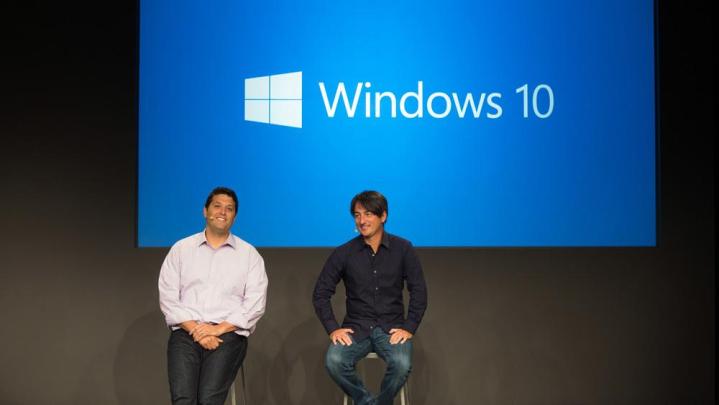
Granted, “late summer and early fall” feels like a narrowing of the “late 2015” window, which was the only timing tidbit previously shared. But Turner’s confusing parlance hardly helps clear the air.
“We’ll have a developer preview and be able to talk to that in depth in the early summer timeframe,” Turner said. “And then by next late summer and early fall we’ll be able to bring out this particular OS.”
We’re guessing he meant late summer or early fall, otherwise his statements don’t make much sense. Also, why a Developer Preview?
A Technical Preview is already around for everyone’s testing pleasure, and a separate, closed beta sounds like a big waste of time and resources. Perhaps the final Tech Preview updates will come in June or July, before a polished, fully finished software package can make its way inside all-new computers in … August? September? October?
A lot of question marks are still hanging about, and no one willing to supply specific answers. Or maybe no one capable to disperse the thick, stuffy air of mystery, since it all depends on future development work. Mind you, Microsoft has loads of goodies[/internal-link] to iron out and patch over current Win 10 test builds, and there’s really no way to know how long it’ll take.
Just know that they’re working on getting everything ready with a few months to spare before next year’s holiday season, which is certainly encouraging. Isn’t it?
Editors' Recommendations
- How to uninstall Windows 11 and rollback to Windows 10
- How to downgrade from Windows 11 to Windows 10
- Microsoft plans to charge for Windows 10 updates in the future
- How to factory reset Windows 10 or Windows 11
- Windows 10 Home vs. Pro vs. S mode: What’s the difference?


